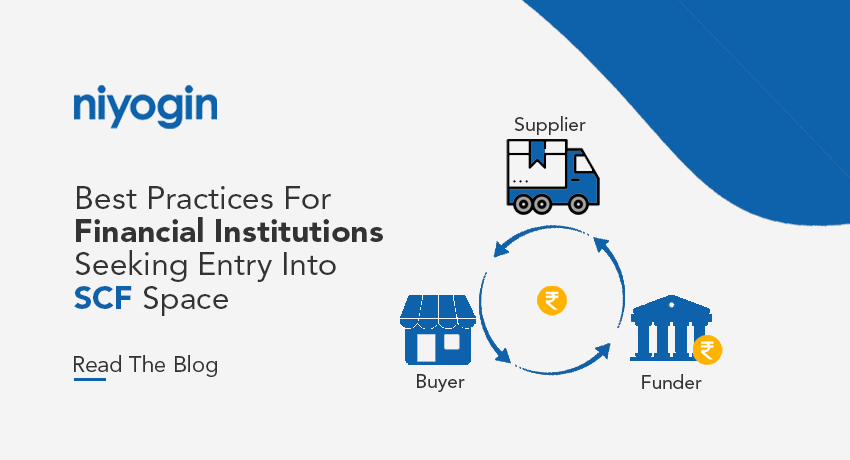Globally, supply chain finance (SCF) remains an untapped market. According to McKinsey, more than 80% of eligible assets do not benefit from working capital finance. Even the remaining assets are undercapitalized. Digital usage has facilitated changes in MSME financing, increasing the accessibility and availability of SCF. SCF benefits corporate purchasers by securing inventory with extended payment terms, and suppliers can gain security for forward orders. Banks and NBFCs providing SCF enjoy recurring transaction volumes that allow them to push more capital market products.
The RBI has implemented a number of efforts to encourage SCF growth in order to assist MSMEs. The Trade Receivables Discounting System (TReDS) and Account Aggregator (AA) frameworks integrate collected financial data to promote transparency while protecting privacy. This enables providers and buyers to use numerous financing choices in a seamless manner.
- SCF’s Hybrid Fintech Strategy
Banks continue to struggle with SCF, owing primarily to the traditional approach. Cloud computing, artificial intelligence, machine learning, and blockchain approaches can all help financial institutions strengthen their fintech strategy. Banks must devote more time and resources to SCF, owing to the information asymmetry between SMEs and financial institutions. As a result, the priority must be to ensure consistent operations while strengthening security.
- Legal Compliance
Fintech technologies will assist financial institutions in reinforcing legal compliance. Furthermore, these banks and non-banks should carefully consider their strategies in light of competition activities. In some circumstances, a cautious approach may be appropriate. An aggressive strategy will aid in capitalizing on the market’s potential. However, the fintech strategy should guarantee that risk tolerance is determined correctly.
- Decentralized Technology
When new options are investigated, technology should be used in such a way that existing customers are maintained. Fintech entrepreneurs can construct decentralized blockchain platforms with well-researched business strategies and suitable partners to increase trust among SCF players.
- Security
Financial institutions’ major priority is security. The fintech platform must provide traceable transaction records and ensure trustworthy data storage.
- Integration
More attention should be paid to integrating legacy systems and new fintech platforms so that the SCF platform does not become more complex. Banks can leverage the co-lending model to issue loans while offloading operational costs to NBFCs, which already thrive at exploiting technology APIs.
- SCF at the highest level
Lending banks should use a deep-tier SCF approach to help MSMEs avoid supply chain constraints. This strategy will aid in the funding of smaller suppliers, who serve as the backbone of the supply chain ecosystem.
- AI and ML automation
Firms in need of capital and lending banks can be more precisely matched by applying ML and AI models on TReDS platforms. To eliminate duplicating funding, centralized data storage and access should also become required.
Currently, corporations launch SCF programs in collaboration with banks. Multi-funder solutions that bring together multiple financial institutions will boost SCF resilience in the future. AI-powered fintech solutions enable banks to better analyze credit health for modern credit ratings. According to IBEF, more than 70% of MSMEs require working capital loans; SCF can help these businesses grow by providing a suitable funding solution. Once SCF is established, those in need of cash help can fulfill their demand in a matter of hours, allowing the business to spread.
